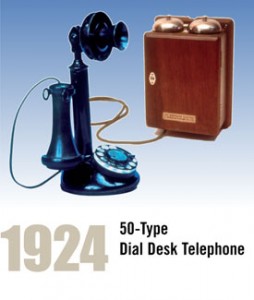
Coaching – Code Monkey and Manager Rob (Teaser)
![]()
My leadership blog is all about helping current and emerging leaders learn how to transform difficult conversations and dysfunctional workplace relationships into positive and productive ones.

Coaching – Code Monkey and Manager Rob (Teaser)
Coaching is certainly an essential leadership skill in today’s marketplace.
/
After you watch the video, below, leave a comment to share your thoughts on what you think we can learn from it in terms of transforming workplace relationships!
/
<What coaching would you offer Code Monkey?>
/
<What coaching would you offer Manager Rob?>
/
In a follow-up post, I’ll share my thoughts on this.
/
Have a productive and enjoyable day!
/
— Brie
Blog Post
Coaching – Code Monkey and Manager Rob (Teaser)
Coaching is certainly an essential leadership skill in today’s marketplace.
/
After you watch the video, below, leave a comment to share your thoughts on what you think we can learn from it in terms of transforming workplace relationships!
/
<What coaching would you offer Code Monkey?>
/















